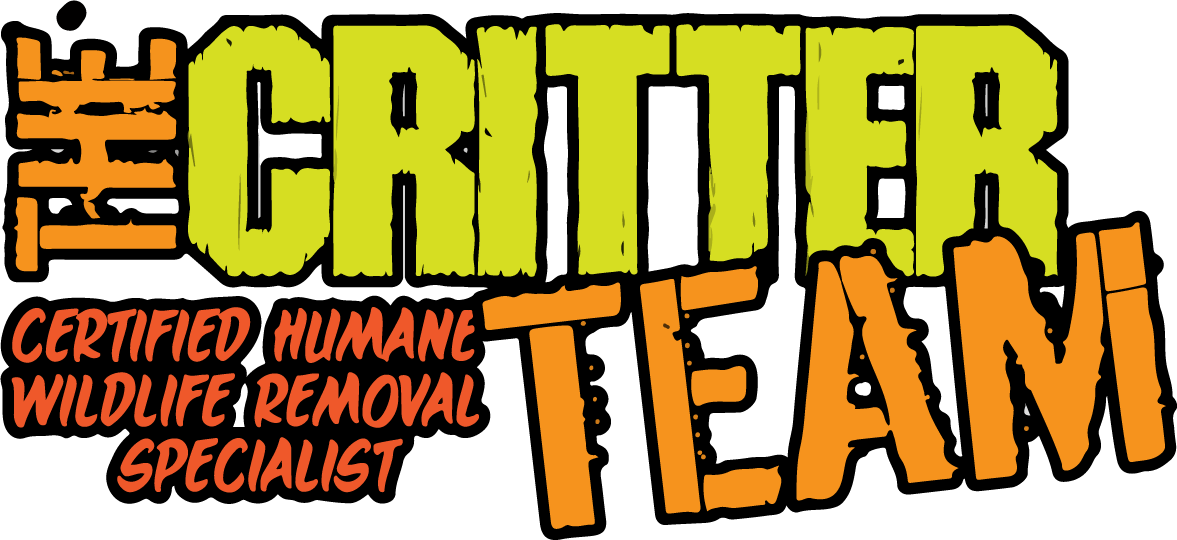Squirrels are agile creatures known for their ability to navigate trees and structures with ease. In Texas, these furry critters often find their way into attics, seeking shelter and warmth. One common entry point for squirrels is through gaps or holes in the roofline. These can be caused by loose or missing shingles, damaged flashing, or deteriorated soffits. Squirrels can also gain access through vents, particularly if they are not properly screened or have damaged covers. Another common entry point is through chimneys, as squirrels can climb down or enter through gaps in the chimney cap. Additionally, tree branches that overhang the roof can provide a convenient pathway for squirrels to access attics. Homeowners should be vigilant in inspecting and repairing these potential entry points to prevent squirrel infestations and damage to their attics.
Identifying Common Entry Points for Squirrels in Texas Attics
Understanding the Habits of Squirrels
Squirrels are agile and resourceful creatures, capable of finding their way into attics through various entry points. As a professional wildlife control operator, it is crucial to identify these common access areas to effectively mitigate squirrel infestations in Texas attics.
Roof Vents and Chimneys
One of the primary entry points for squirrels is through roof vents and chimneys. These openings provide easy access to attics, especially if they are not adequately secured. Squirrels can easily squeeze through small gaps or damaged vent covers, making these areas vulnerable to infestation.
Fascia and Soffits
Squirrels are skilled climbers and often find their way into attics by exploiting weaknesses in the fascia and soffits. These horizontal boards and undersides of eaves are commonly made of wood, which squirrels can gnaw on to create an entry point. It is essential to inspect these areas carefully for signs of damage or potential access points.
Roof Joints and Flashing
Roof joints and flashing, which are used to seal gaps between different sections of the roof, can also become entry points for squirrels. Over time, these seals may deteriorate due to weather conditions or general wear. Squirrels can exploit these weakened areas, gaining access to attics and causing potential damage.
Attic Vents and Openings
Attic vents and other openings designed to provide ventilation can unwittingly become entry points for squirrels. These vents should be properly screened to prevent squirrel intrusion. Additionally, any gaps or openings around attic windows or other structural components should be sealed to eliminate potential access points.
Tree Limbs and Nearby Structures
Squirrels are excellent jumpers and can easily leap from nearby tree limbs or structures onto roofs. Overhanging branches close to the house can provide squirrels with direct access to attics. Trimming back tree limbs and ensuring a safe distance from the house can help prevent squirrel entry.
Conclusion
In conclusion, as a professional wildlife control operator, it is essential to identify the common entry points for squirrels in Texas attics. Roof vents and chimneys, fascia and soffits, roof joints and flashing, attic vents and openings, as well as tree limbs and nearby structures, are often exploited by squirrels. By understanding these access areas, we can effectively implement exclusion techniques and prevent squirrel infestations in Texas attics.
Assistance with Wildlife Control and Animal Removal
At The Critter Team, we understand the challenges that can arise when dealing with wildlife invading your property. Whether you’re facing a raccoon in your attic, squirrels in your chimney, or snakes in your backyard, our team of experts is here to help. With years of experience in wildlife control and animal removal, we have the knowledge and skills to handle any situation safely and efficiently. Our priority is not only to remove the unwanted critters but also to prevent future infestations by implementing effective exclusion techniques. You can trust our licensed professionals to provide humane solutions that respect both your property and the animals involved. If you’re in need of assistance, give us a call at (281) 667-0171 and let The Critter Team take care of your wildlife control needs.
